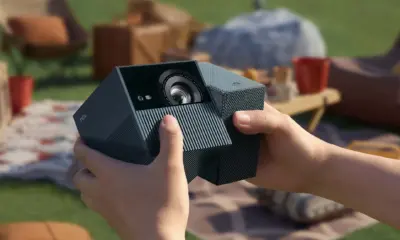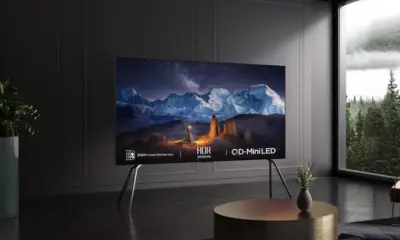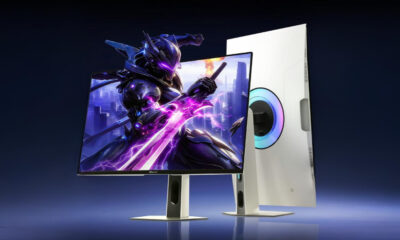News
TCL Q6C Premium QD-Mini LED TV Series Launched in India
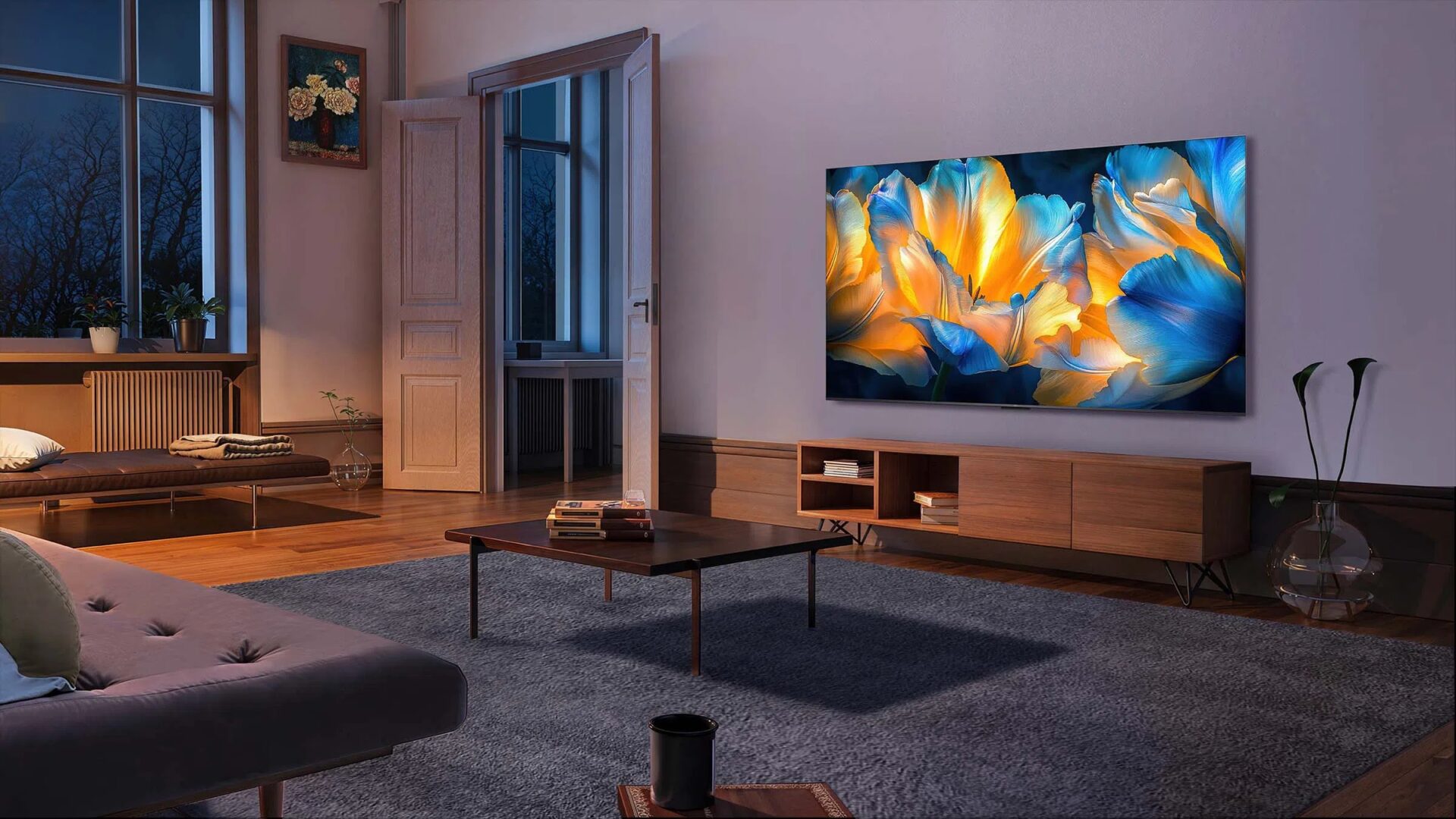
TCL has launched the Q6C Premium QD-Mini LED TV series in India. The new lineup includes three models with screen sizes of 55 inches, 65 inches, and 75 inches. TCL has positioned the Q6C series as a high-performance smart TV option for users who seek advanced features in home entertainment.
Each model in the series features a 4K resolution (3840 x 2160 pixels) display with a native 144Hz refresh rate. TCL uses QD-Mini LED technology, which combines quantum dot color and mini-LED backlighting. The display includes more than 512 local dimming zones and a high native contrast ratio. TCL has also used HVA panel technology to improve viewing angles and reduce glare.
TCL equips all Q6C models with an ONKYO 2.1 channel sound system that supports Dolby Atmos. This setup delivers wide and immersive audio, especially for movies and gaming.
The TVs run on the Google TV platform. Users can access popular apps such as Netflix, Amazon Prime Video, Sony Liv, TCL Channel, and YouTube. TCL includes a voice remote with dedicated buttons for each platform. The TVs support dual-band Wi-Fi, Bluetooth 5.0, four HDMI 2.1 ports (one with eARC), one USB 3.0 port, Ethernet, AV input, and digital audio out.

TCL has powered the Q6C series with a 64-bit quad-core AIPQ Pro processor. Each model comes with 3GB of RAM and 32GB of internal storage. TCL also includes AI-based features such as AI-Scene, AI-Contrast, AI-Color, AI-Motion, AI-HDR, and AI-Clarity. These features adjust image quality based on content in real time.
TCL has targeted gamers with features such as AMD FreeSync Premium Pro. The TV automatically adjusts the refresh rate to match the game frame rate. TCL also includes Auto Low Latency Mode (ALLM) and Motion Estimation Motion Compensation (MEMC) for smoother gameplay and lower input lag.
The pricing for the Q6C series starts at ₹51,990 for the 55-inch model. The 65-inch model costs ₹70,990, while the 75-inch variant is priced at ₹1,14,990. TCL has made these TVs available through Amazon.in and its official online store.
In related news, TCL is set to launch the C7K QD-Mini LED TV soon in the Philippines.
(Via)
News
TCL launches PlayCube, A1S, and C1 portable projectors in the UK
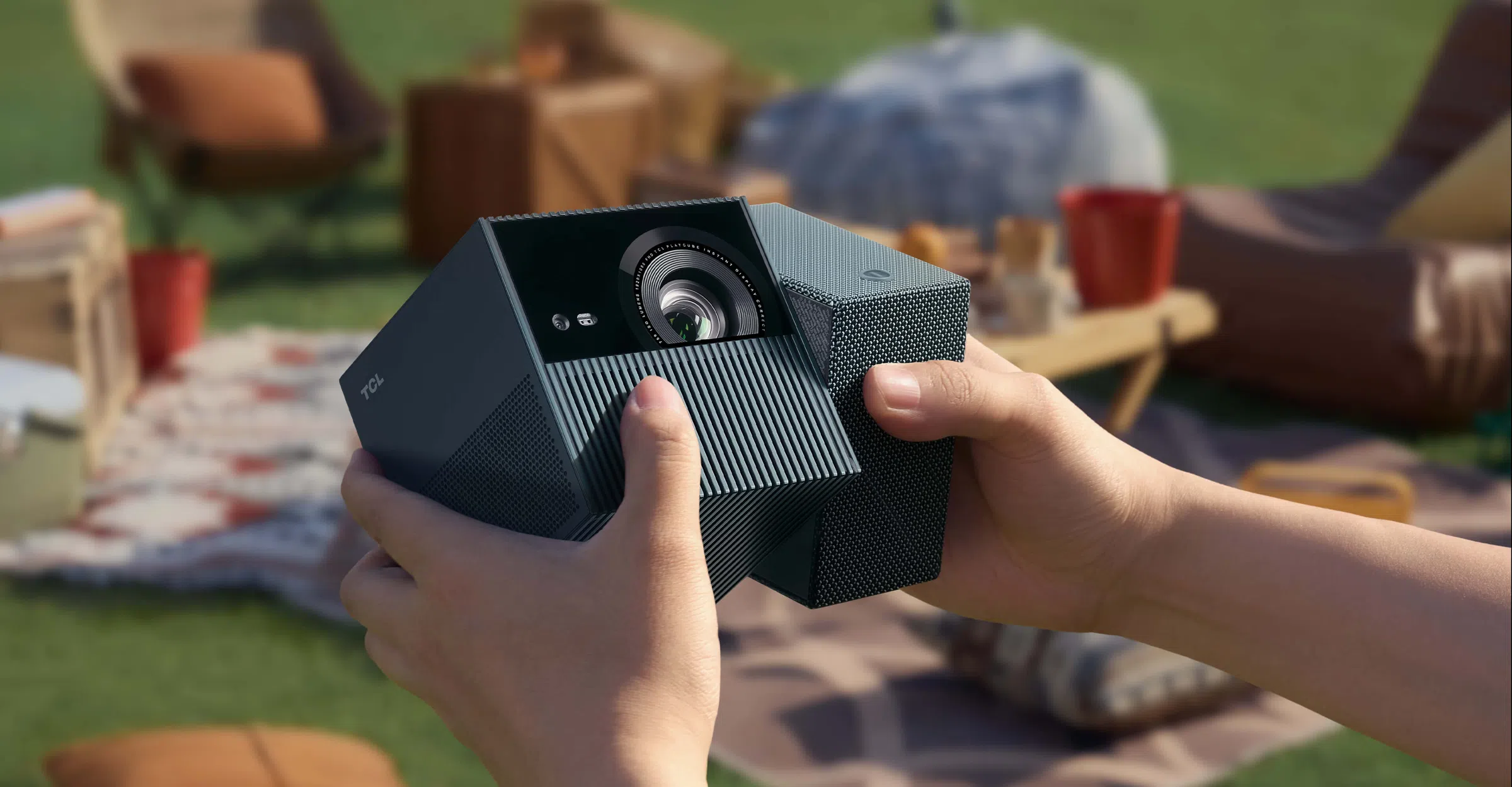
TCL has launched its full range of portable projectors in the UK. The lineup includes the uniquely designed PlayCube, the versatile A1S, and the compact C1. All three models are also available in the U.S.
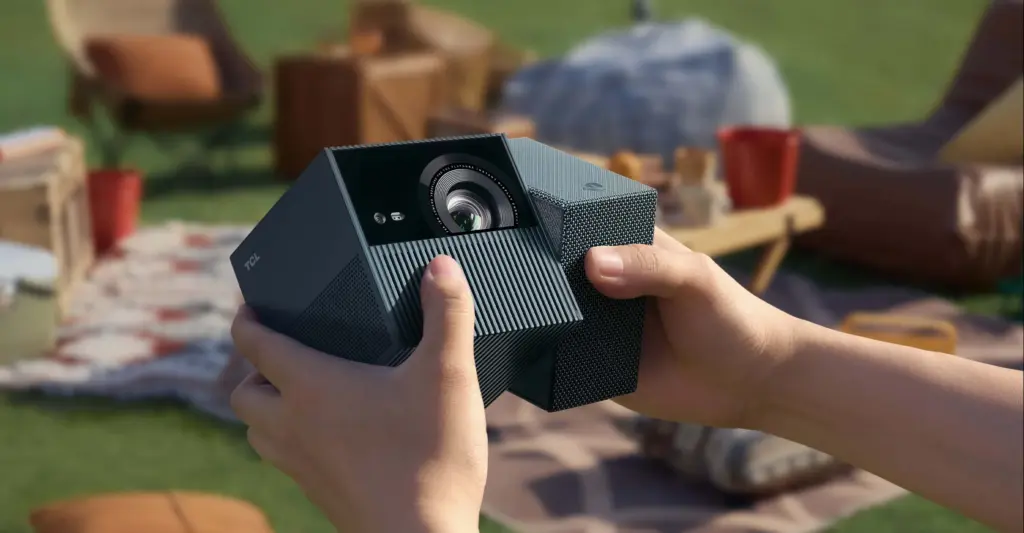
The PlayCube, priced at £799.99 in the UK and $749.99 in the U.S., features a cube-shaped design inspired by the Rubik’s Cube. It weighs under 1.4kg and runs wirelessly for up to three hours thanks to a built-in battery. It uses Google TV with optimized Netflix support, and its rotatable lens design allows flexible image placement on walls, ceilings, or tents.
The projector outputs 750 ISO Lumens and supports 4K input, although its native resolution is 1080p. It covers 124% of the Rec.709 color gamut and features instant autofocus, auto keystone correction, and Dolby Digital Plus audio.
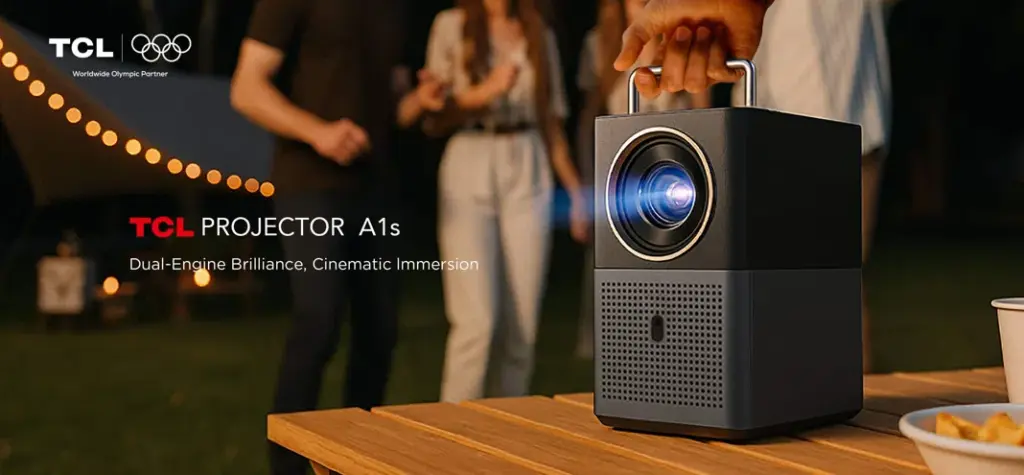
The A1S, priced at £369.99 in the UK and $330 in the U.S., features a tower design with a built-in “Versagrip” handle that acts as a stand. It also uses Google TV with Netflix, supports 4K input on a 1080p panel, and outputs 600 ISO Lumens. A 16W speaker system with passive radiators and reactive lighting adds entertainment value, especially during outdoor or party use.
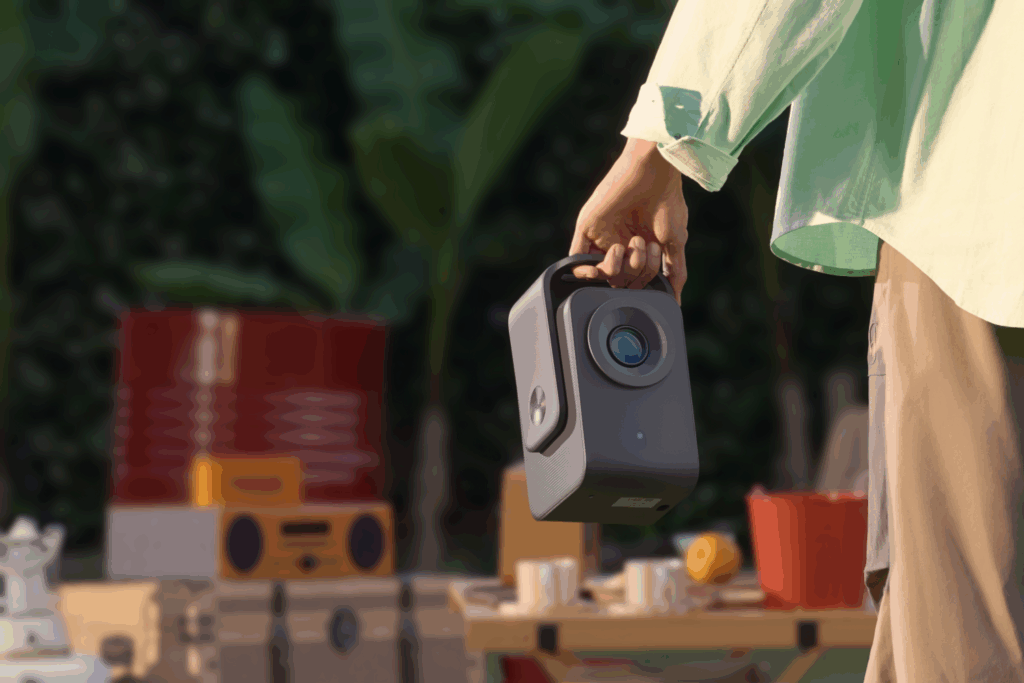
The C1 is the most affordable option at £249.99 in the UK and U.S. It retains full HD resolution, Google TV, Netflix support, and automatic image adjustments. It delivers 230 ISO Lumens and can project up to 120 inches. The rotating gimbal handle helps with angle adjustment, and the built-in 8W speaker removes the need for external audio gear.
In related news, we recently covered the best TCL TVs under $500 you can buy in 2025, so do check that out as well.
(Via)
News
TCL CSOT Powers AOC AGON’s 1000Hz Gaming Monitor AGP277QK
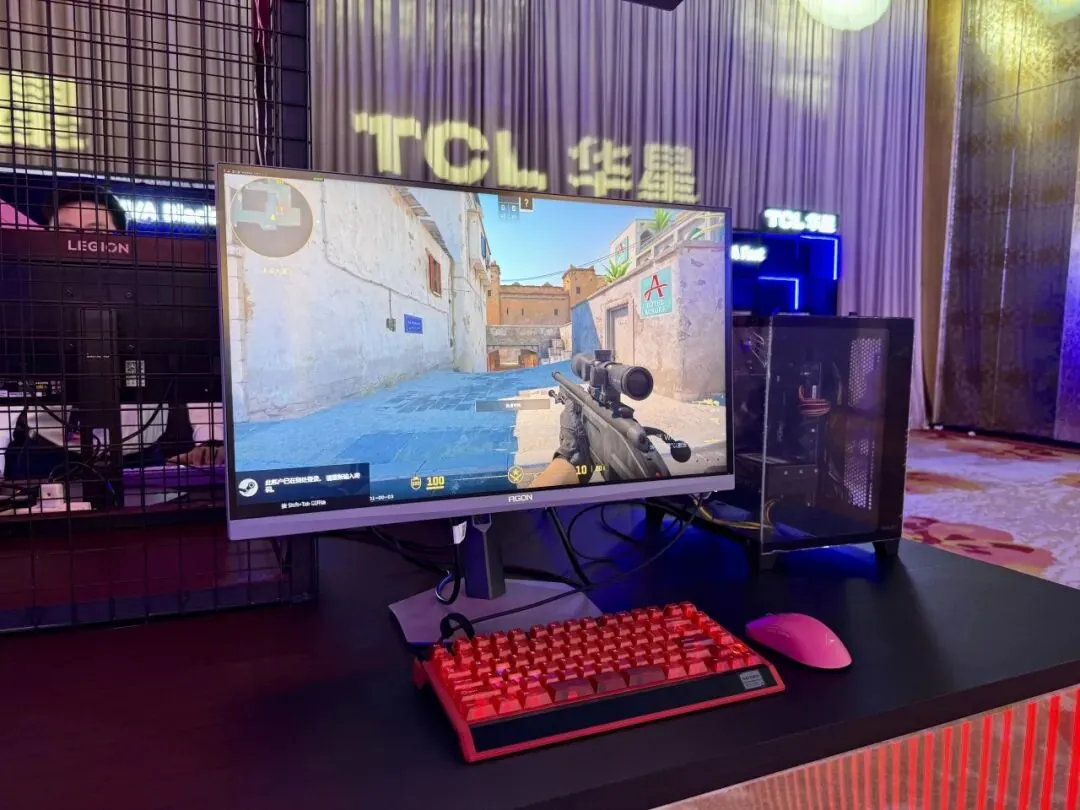
TCL CSOT is emerging as a driving force behind the next evolution in gaming displays. Following Philips’ announcement of the world’s first 1000Hz monitor, the EVNIA 27M2N5500XD, TPV’s other major brand, AOC AGON, has now unveiled the AGP277QK, another ultra-high-speed gaming monitor built on TCL’s latest panel innovations.
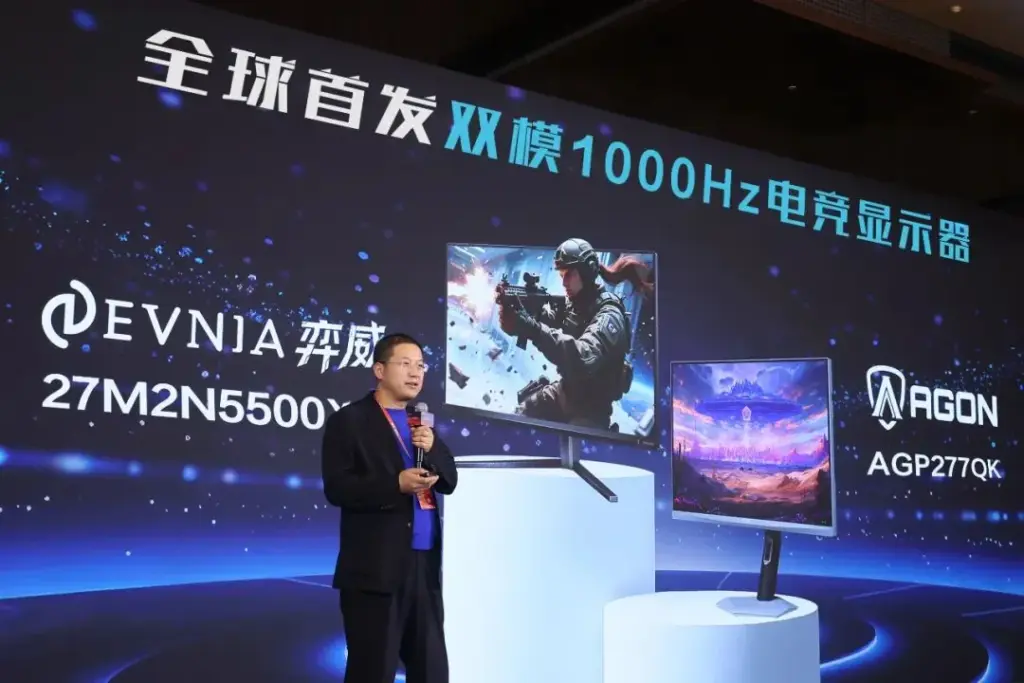
The AGP277QK made its debut at the “Esports Market Empowerment and High Resolution Gaming Display Trends Seminar” hosted by TCL CSOT in Beijing on December 4. The monitor supports two native refresh modes: 500Hz at QHD and 1000Hz at HD resolution. Both displays are powered by TCL’s advanced HFS Shoot technology, signaling TCL CSOT’s leading role in pushing refresh rates into four-digit territory.
TCL’s HFS Shoot panel enables extreme motion clarity with a 0.3ms MPRT and 0.5ms GtG response time. It also delivers a 2000:1 static contrast ratio, 10-bit color depth, and ΔE < 1 color accuracy. The panel covers 95% of the DCI-P3 color gamut and includes certified low blue light and flicker-free eye protection, features increasingly demanded by esports professionals and competitive gamers.
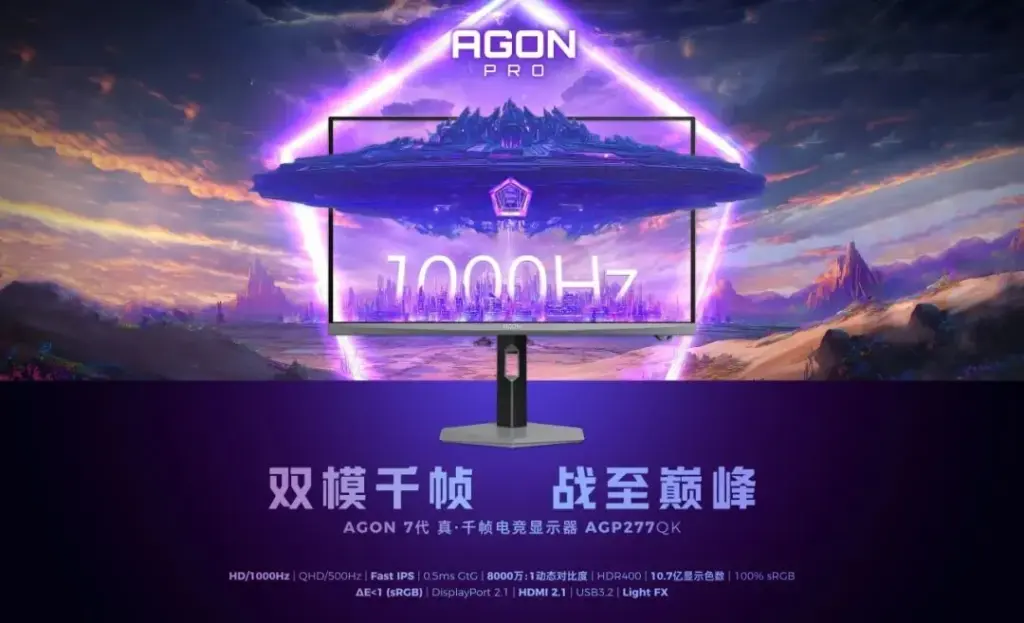
The AGON AGP277QK comes with modern connectivity options, including DisplayPort 2.1, HDMI 2.1, and USB 3.2 ports. It also features RGB Light FX that syncs with audio playback, aligning with gaming setups that value both performance and style.
TCL’s deep integration with TPV brands highlights its growing impact across the gaming display ecosystem. By enabling both Philips and AOC to deliver cutting-edge 1000Hz monitors, TCL CSOT is not only pushing panel technology forward but also setting new benchmarks in high refresh rate gaming.
In related news, China’s TV market recorded a 15.7% drop in November shipments despite the extended Double 11 campaign, and Hisense launched a 4K 160Hz dual mode monitor that also functions as a Dolby Vision TV.
(Via)
News
China’s TV Market Sees 15.7% Decline in November Shipments Despite Double 11
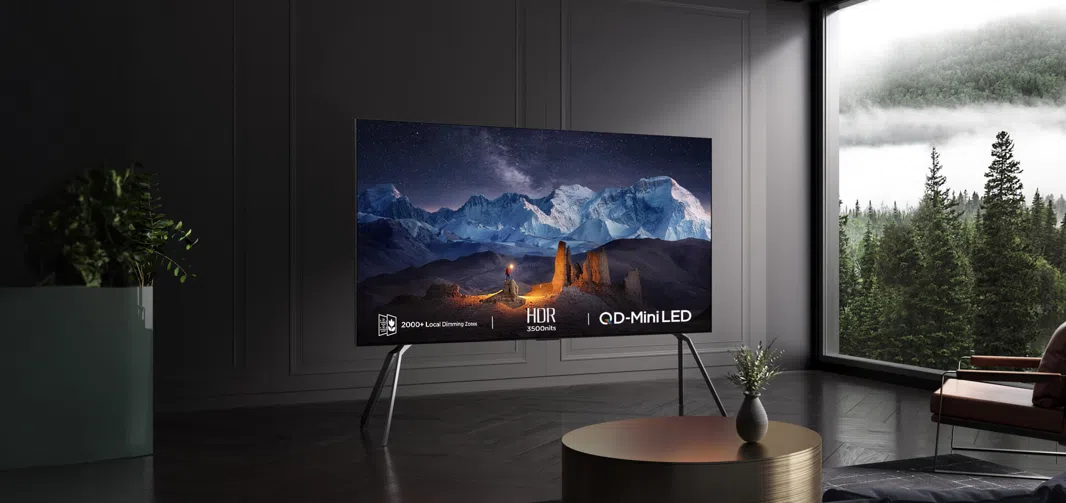
New shipment data from RUNTO Technology shows that China’s TV market continued to decline in November 2025, with most major brands reporting lower shipment volumes. Total shipments reached approximately 3.22 million units, a slight drop from the previous month and a steep 15.7% fall compared to November 2024.
The decline reflects ongoing challenges in the market. Government subsidies have gradually tapered off, and earlier pent-up demand appears to be exhausted. Since mid-year, the market has posted monthly declines of around 10%, showing consistent weakness despite major sales events.
November featured the country’s longest-running Double 11 sales campaign, but promotions failed to revive demand. Retail sales volume dropped 19.6% year-on-year, while retail revenue fell by 22.1%. The figures suggest that aggressive discounting is no longer enough to offset broader consumer caution.

Despite the downturn, TCL remained one of the strongest players in the market. Alongside Hisense and Skyworth, TCL helped lead a group that shipped a combined 1.98 million units. The trio’s combined market share reached 61.6%, and their year-on-year decline was limited to 11.2%, lower than the overall market drop. TCL continues to strengthen its lineup with Mini LED and QLED models, contributing to its stable performance.
Xiaomi, including its Redmi TV brand, ranked third with 530,000 units shipped and a 16.5% share. Brands like Changhong, Haier, and Konka followed, but recorded a combined shipment drop of 13.8%. Huawei, Samsung, and Sony reported shipments in the tens of thousands, maintaining a limited presence in the domestic market.
RUNTO Technology estimates that full-year shipments in 2025 may fall to around 33 million units. The firm expects further contraction in 2026 as market saturation and weakened buying sentiment continue to pressure sales.
In related news, we recently covered Hisense as it launched a 4K 160Hz dual-mode monitor that doubles as a Dolby Vision TV, and also covered a roundup of the best TCL TVs under $500 you can buy in 2025.
(Via)

